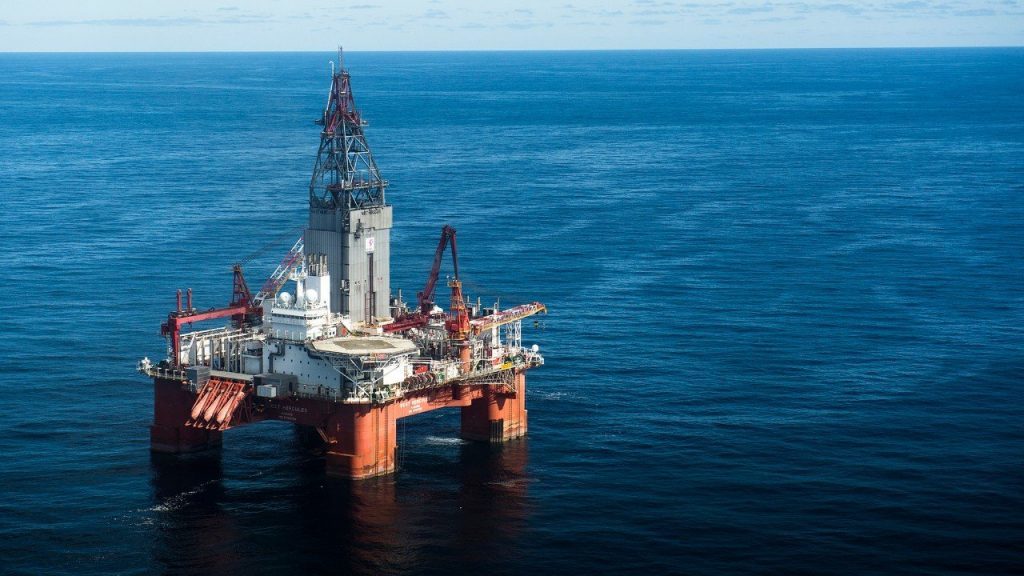
Westwood Global Energy reports that there were four exploration well programmes active as of December 28. Three exploration well programmes were spudded in December and two exploration programmes completed.
Norway saw 25 exploration and two appraisal wells completed in 2020, with one additional well likely to complete before year end.
This is a strong return after a number of postponements early in the year. Whilst it represented a return to relatively low levels of drilling, there have been 11 commercial discoveries compared to 10 commercial discoveries from 42 exploration wells in 2020.
As a result, commercial success rates have increased from 24% to 42%. Commercial discovered volumes also increased from 390 million barrels of oil equivalent (mmboe) in 2019 to around 560mmboe in 2020.
North Sea
The Equinor-operated 31/1-2 S Rover Nord exploration well was spudded on December 12 using the West Hercules semi-submersible. The well is targeting the Middle Jurassic Brent Group with secondary prospectivity in the Lower Jurassic Cook Formation. The well is prognosed to take 42 days in a dry hole case.
Equinor spudded the 31/2-22 S Blasto exploration well on December 9 also using West Hercules. The well is targeting the Upper Jurassic Sognefjord Formation in a tilted fault block downdip of the Troll field. The well was spudded and the top hole completed prior to moving to Rover Nord.
The Equinor-operated 34/7-37 S 7-Fjell exploration well completed on December 2 using the Deepsea Atlantic semi-submersible. The well did not encounter reservoir in the Draupne Formation and was plugged and abandoned dry.
Norwegian Sea
The ConocoPhillips-operated 6507/5-10 S Slagugle exploration well spudded on November 13 using the Leiv Eiriksson semi-submersible. Preliminary volumes are estimated at 75 to 200mmboe, the largest discovery on the Norwegian Continental Shelf of 2020. The well is being completed.
Barents Sea
Equinor completed the 7018/5-1 Spissa well on November 27 using West Hercules with 200mmboe pre-drill resources. The well encountered two water-wet reservoir intervals in the Middle Jurassic Sto Formation and it was decided not to drill to the deeper targets in the Lower Jurassic.
The Lundin-operated 7221/4-1 Polmak exploration well, delayed from earlier in 2020, completed on December 1 using the West Bollsta semi-submersible. The well was targeting 400mmboe but was abandoned as a dry hole.
On December 24, Lundin spudded the 7219/11-1 Bask exploration well with West Bollsta. The well is primarily targeting Paleocene sands within a large stratigraphic trap with additional deeper targets.
Recommended for you
